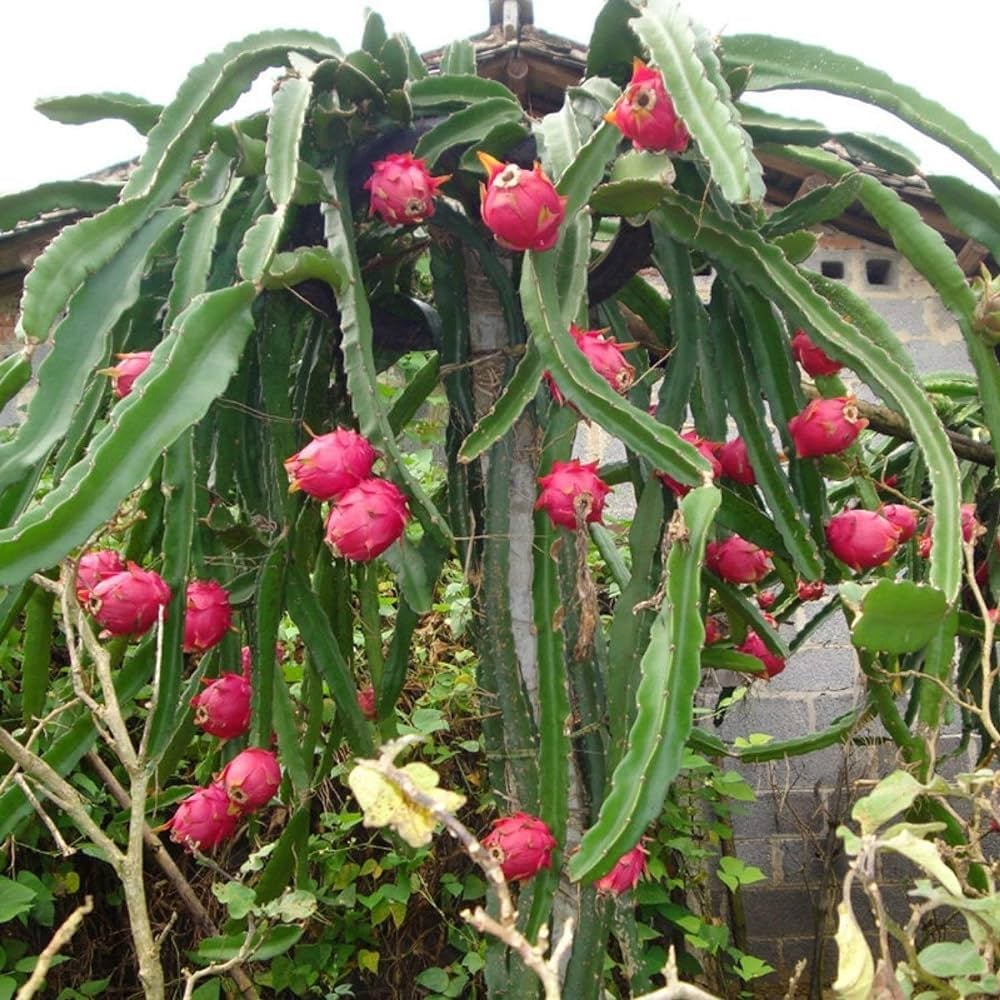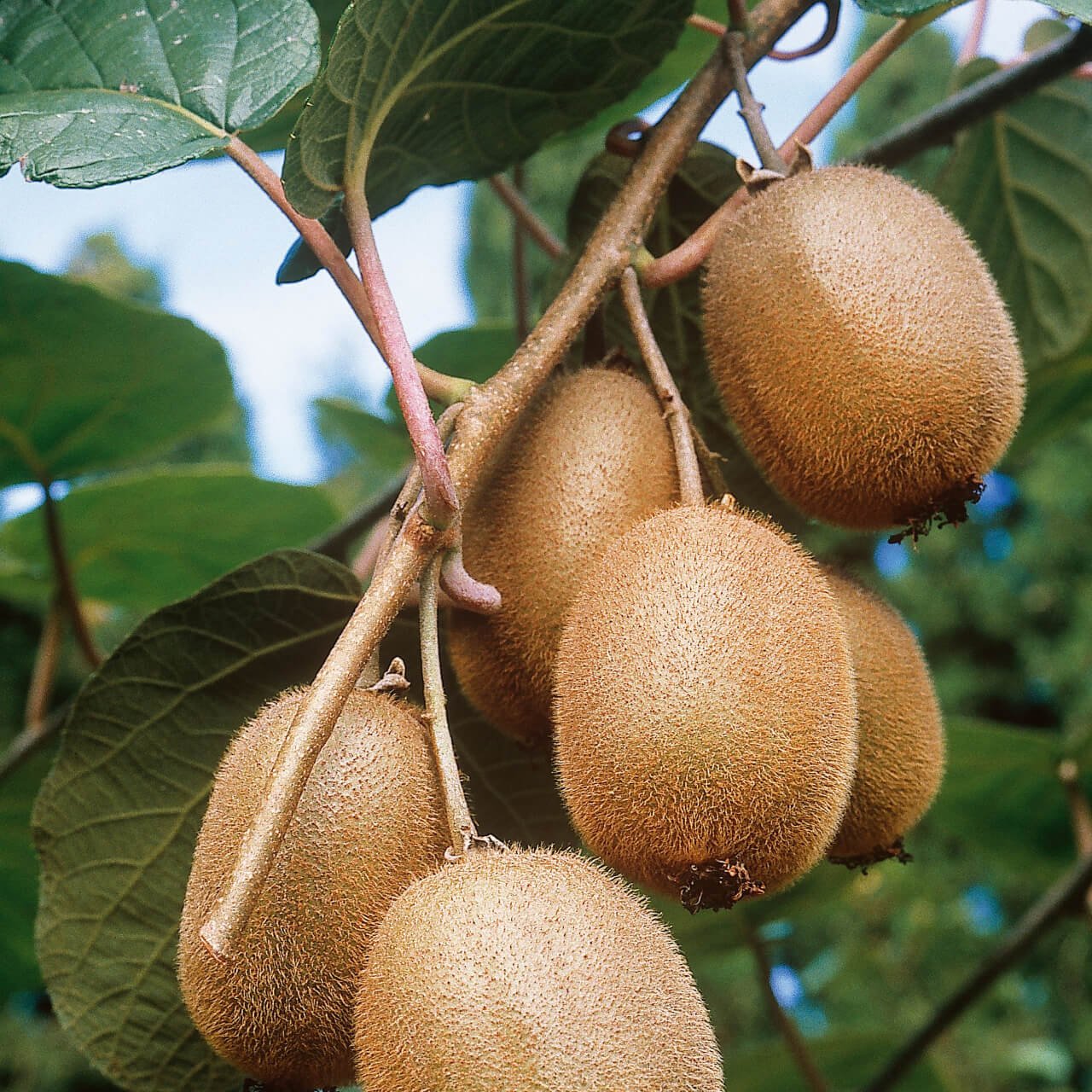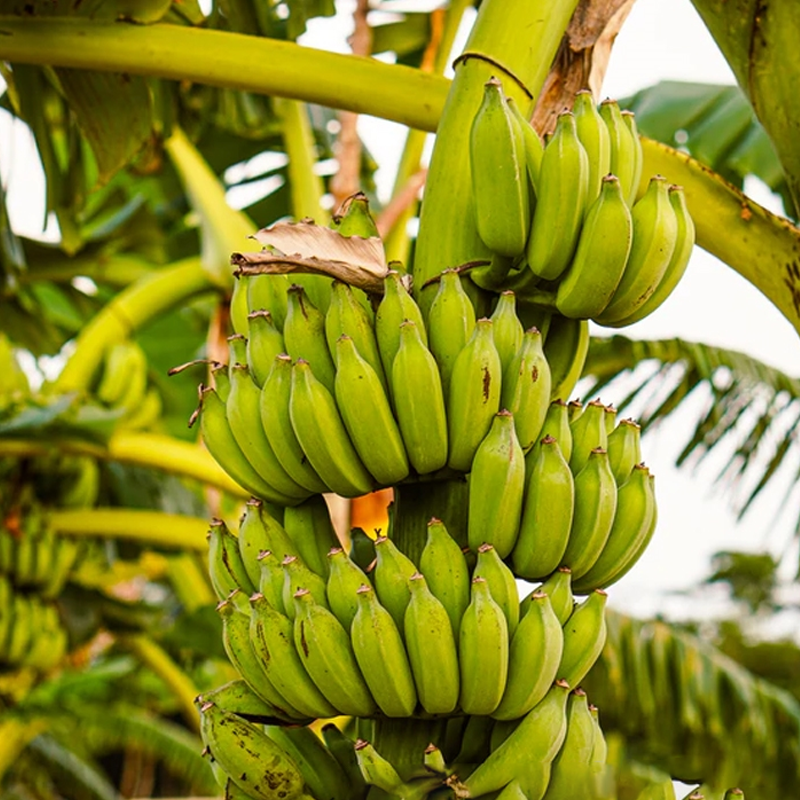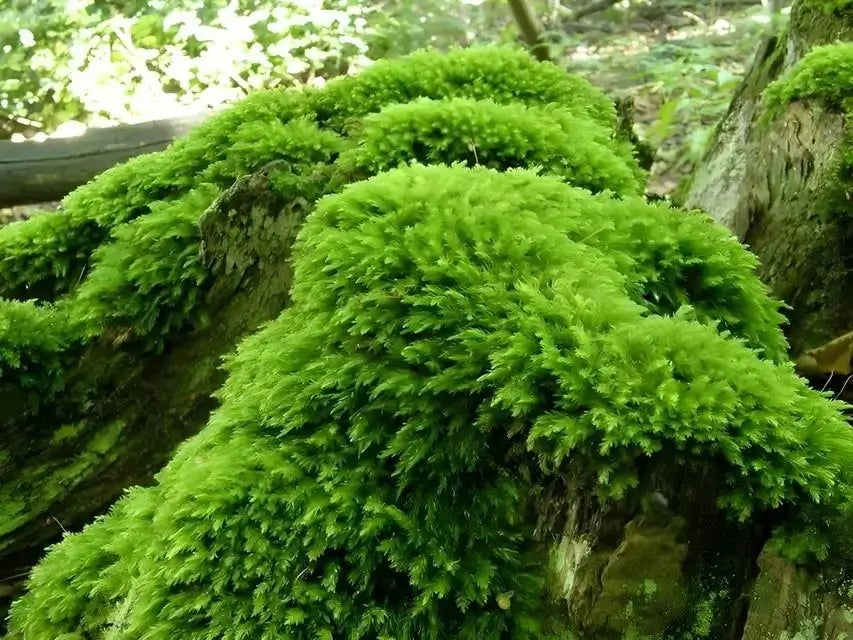
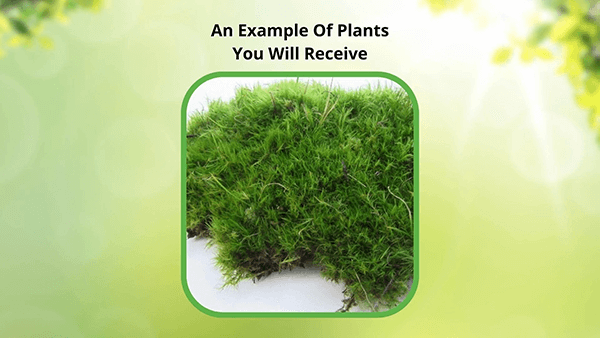
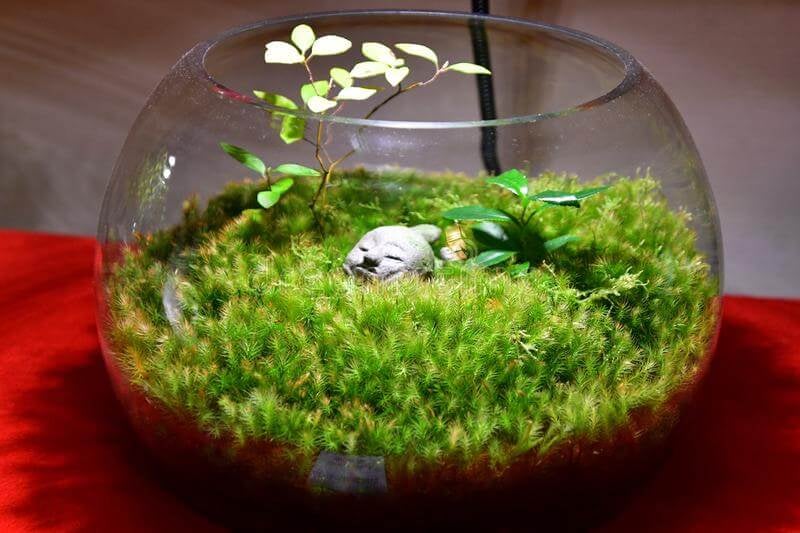

Thuidium Moss
Low maintenance and easy care
Improves garden's moisture retention
Attracts beneficial insects and wildlife
Thrives in
ZONE 3ZONE 4ZONE 5ZONE 6ZONE 7ZONE 8ZONE 9This plant ships:
Ships Now (5-7 Days)Thuidium Moss - Thuidium Delicatulum
Thuidium moss, often called fern moss, is a type belonging to the genus Thuidium. It gets its common name due to its delicate, fern-like appearance, which makes it popular in landscaping and gardening, especially in gardens and terrariums.
It has a distinctive, feathery appearance that resembles miniature ferns. Its fronds are finely branched and spread in a delicate, lacy pattern. It typically grows mat-like, spreading horizontally across the ground or over surfaces like rocks, tree bases, and logs.
It has a creeping habit, with stems that root at the nodes, helping it to cover large areas efficiently.
It is a genus of more than 200 species that share similarities worldwide. The "-idium" part means "diminutive" in Latin, and examples of this plant resemble diminutive cedar trees. The plant grows to a height between 1 and 8 inches and will do equally well on the ground or epiphytically.
The Fonds Of Thuidium Moss
The plant contributes its cuteness to the rest of the garden. It acts not as a focal point but as a garnish, the delicate fronds interlacing to form a stunning layer of compounded leaves. The plant forms its dense carpet by producing attractive leaves on multiple pinnates that intertwine and form a layer that can be several inches thick. Each of these pinnates is covered in delightful, tiny leaves that are millimeters or less in size, a Lilliputian collection of smile-inducing green. The Kit Fern variety of this charming plant has sharply curved leaves and adds washes of yellow throughout the carpet, further pleasing the eye.
Decorative Options With Thuidium Moss
Because the plant forms a carpet, one might create beautiful patterns. Chessboards and spirals are two gorgeous options, but in truth, the possibilities are limited only by the gardener's imagination. The plant is also epiphytic, which looks smashing when adorning other larger plants. It's also nifty as a covering for paths throughout extensive woodland gardens. Because it's evergreen, it'll provide its lovely green color throughout the winter.
The Ecological Impact Of This Native Plant
It can be used as a natural mulch in gardens to retain moisture and suppress weeds. It is particularly effective in shaded, damp areas where other types of ground cover may struggle.
Its dense, mat-forming growth habit helps stabilize soil and prevent erosion, making it useful in landscaping and habitat restoration projects.
Many species of birds, notably robins, flycatchers, and juncos, use it to make their nests. Overall, it can add a lush, green, and fern-like texture to a variety of garden settings.
Its ease of care and delicate appearance make it a favorite among gardeners and landscapers looking to create serene, natural landscapes.
How do you identify it
It can also be referred to as fern type, as owing to its delicate look, it resembles ferns. Its fronds are finely divided and light green, radiating outward into soft, relatively compact mats.
How do you care for it
It should be watered continuously and placed in a shaded or semi-shaded place. Do not expose it to direct sunlight, as it can dry up. Ensure proper aeration to avoid mold growth.
How quickly does it grow
Generally, it has moderate growth potential, and it widely spreads and thickens up within a few weeks to a few months. It grows cheaply depending on some factors, such as moisture content, temperature, and intensity of light.
Does it have roots
it does not possess roots, which are the anchorage organs in other plants. However, it fixates itself to substrates by what is known as rhizoids, which aid in the absorption of water and nutrition from the surroundings.
How do I feed it
Feeding Thuidium Moss is not necessarily important as it absorbs nutrients from the environment. However, you can feed it with a diluted fertilizer solution.
This Is How Your Plants Will Look upon Delivery

Height at Maturity
Under 6 Inches
Care
Terrarium Plant Kits thrive in bright, indirect light. Evade explicit sunlight, as it can scorch the plants inside the terrarium. A spot near a window with filtered light or in a room with plenty of ambient light is ideal.
Plant Reproduction
Thuidium Moss spreads via spores and creeping horizontal stems.
Choose early spring or fall when the soil is moist and cool to plant healthy bare-root ferns. You can also use dormant plants to grow year-round. When you arrive, please soak the roots in water for several hours to rehydrate them. Ferns thrive in moist and shaded areas. Dig a hole wide and deep enough to spread out the roots comfortably. Position the fern so the crown (where the roots meet the fronds) is just at or slightly below ground level. Gently backfill with soil firmly around the roots, and thoroughly water to settle the soil and eliminate air pockets. Apply a 2-3 inch layer of mulch for weed control and to retain moisture, ensuring the mulch does not touch the crown. Water during dry periods is used to keep soil moist but not soggy. Avoid fertilizing in the first year, as ferns prefer nutrient-rich soil over direct fertilization.
Shipping date depends on the date displayed and chosen when you order from the product's page.
We only accept returns on plants verified dead. If you think your plants have died, we offer a 1 year warranty, please use this File a Claim Link to verify dead plants and start with return warranty process.





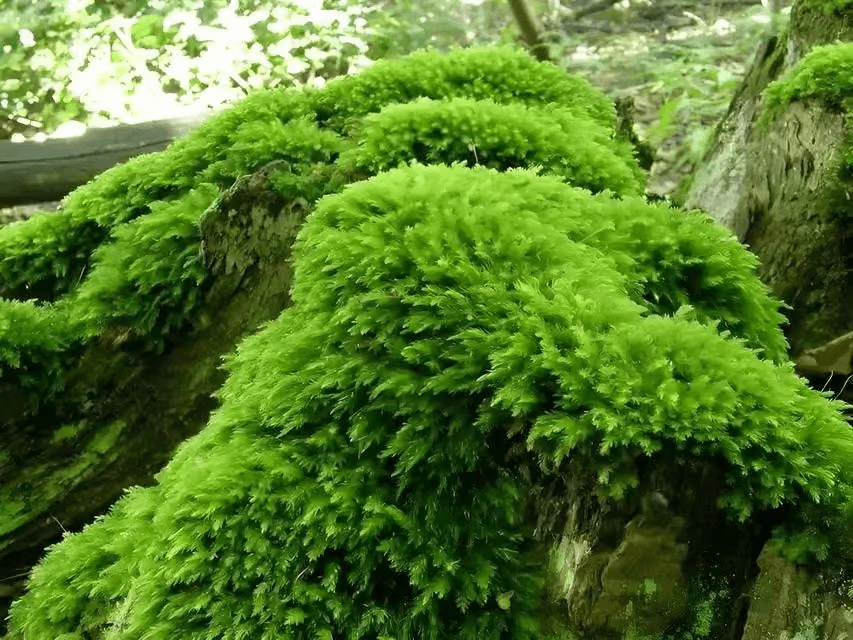
Lush Green Carpet:
Thuidium Moss provides a dense, vibrant green carpet that enhances the aesthetic appeal of any garden or terrarium.
Erosion Control:
Its dense growth helps prevent soil erosion, making it beneficial for stabilizing slopes and other areas prone to erosion.
Versatile Use:
Perfect for ground cover, terrariums, and shaded areas, Thuidium Moss adds a natural touch to a variety of settings.
Thrives in Shade:
Thuidium Moss flourishes in shaded environments, making it an excellent choice for areas with limited sunlight.
Caring Tips
How do I care for my Thuidium Moss?
Each box contains detailed care instructions and information about your product. But here's the basics.
Care Tips
Terrarium Plant Kits thrive in bright, indirect light. Evade explicit sunlight, as it can scorch the plants inside the terrarium. A spot near a window with filtered light or in a room with plenty of ambient light is ideal.
Light Requirements
Terrarium Plant Kits thrive in bright, indirect light. Evade explicit sunlight, as it can scorch the plants inside the terrarium. A spot near a window with filtered light or in a room with plenty of ambient light is ideal.
Hardy Planting Zones
3 • 4 • 5 • 6 • 7 • 8 • 9
Header
Use this content to share information about your store and products.
Frequently Asked Questions
How often should I water my plants?
How do I know if my plant is getting too much or too little sunlight?
What should I do to prepare my plants for winter?
What are the signs that my plant needs fertilizing?
How can I prevent pests from damaging my plants?
How do I choose the right plant for my climate zone?



